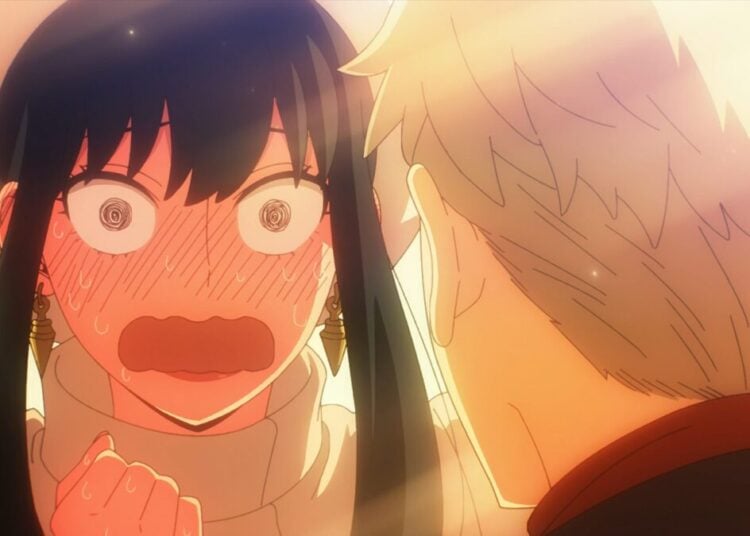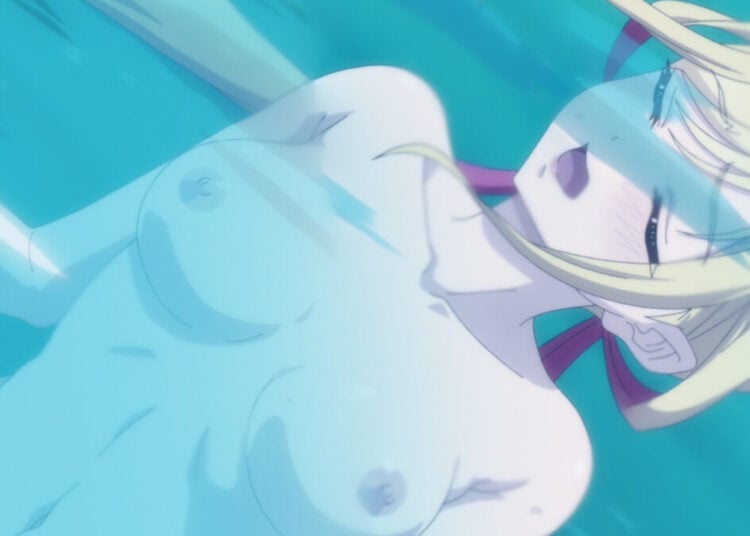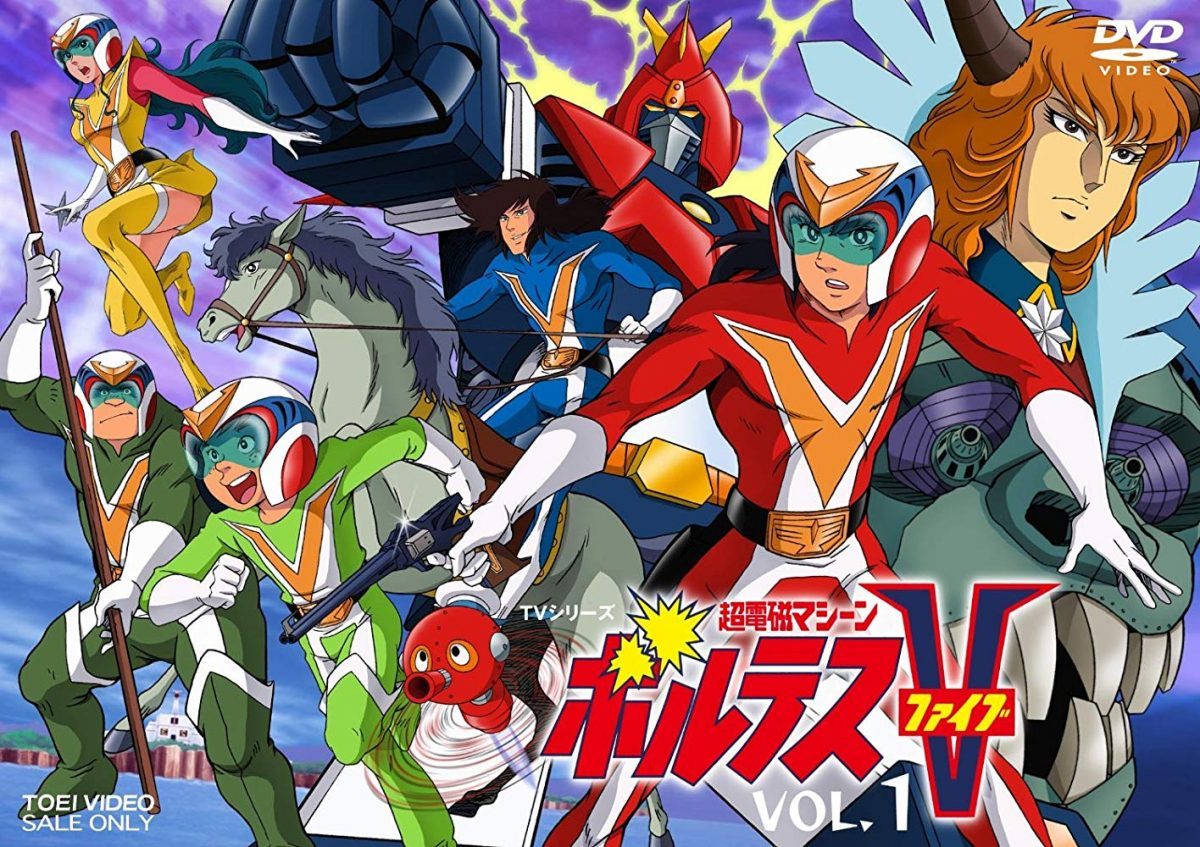
The Philippines has had a fascinating connection with Japan going back centuries. While Filipino otakudom may not be as well-known as its counterparts across the Pacific, there’s little doubt that anime and manga have long left an enduring imprint. Whether it’s through TV, bookstores, conventions, or online, there’s little doubt that the local otaku communities of the Philippines are as vibrant and active as anywhere else.
Much of this has to do with the 1970s Super Robot series Chōdenji Machine Voltes V (or simply, Voltes V), and how it, alongside the rest of the so-called Robot Romance Trilogy, gained a following in the country. To sum it up, it’s to the Philippines what Mazinger Z is to Spain and Latin America. Though to really understand, one has to turn back the clock.
The Worst of Times, the Best of Times
It’s the late 1970s. The Philippines is under martial law, social tensions are high, and disco has yet to meet its Waterloo. Around the same time, there’s a shift in opinion among younger Filipinos toward Japan as antagonism and anger from the Second World War gives way to forgiveness. In this context comes a group of mecha anime shows known as the Robot Romance Trilogy. Directed by Tadao Nagahama and co-produced by Toei (alongside an upstart studio called Sunrise), these series would play a major role in the Super Robot genre’s evolution beyond just selling toys.
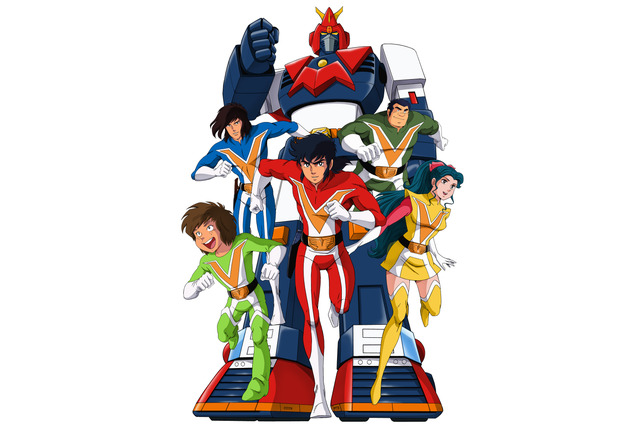
Originally airing in Japan from June 4, 1977, to March 25, 1978, Voltes V is the second show in the trilogy (the others being Combattler V and Daimos) but is arguably the poster child among Filipinos. Set in the not too distant future, the anime follows the exploits of the Gō brothers (Ken’ichi, Daijiro, and Hiyoshi), the general’s daughter Megumi Oka, and cowboy Ippei Mine as they fight the Boazanian invaders and save the Earth. From their home base of Camp Big Falcon, they confront the alien’s armies and “beast fighters” with their Volt Machines, which combine to form the titular mecha. With all kinds of weapons at their disposal, from super electromagnetic tops to a laser sword, they’re more than up to the task.
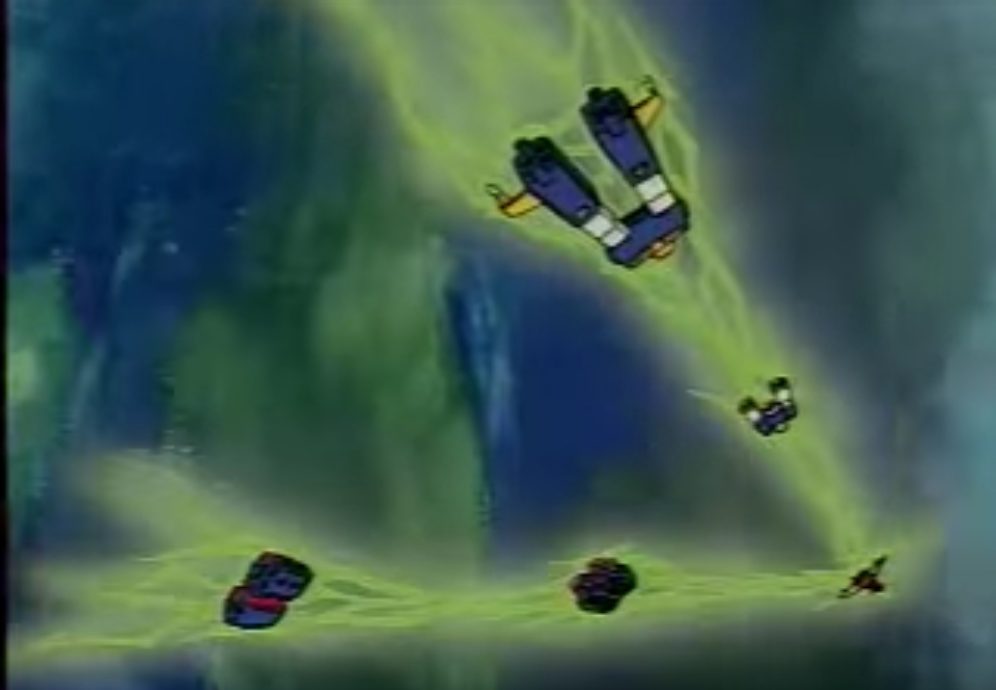
What starts out as an episodic monster-of-the-week romp quickly reveals much more, however, as various characters die and the protagonists confront revelations about themselves and the Gō sibling’s long-lost father. This sort of depth and drama, though something of a given nowadays, was a rather significant step up from what had been the “norm” at the time. It may also come as little surprise that Yoshiyuki Tomino, who would go on to create the now-legendary Mobile Suit Gundam the following year, is credited as the show’s producer. At the same time, however (and much like the series’ spiritual counterparts in the trilogy for that matter), it still manages to retain the charm and action of a Super Robot anime.
Super Electromagnetic Days
An English dubbed version was broadcast in the Philippines on channel GMA-7 on May 5, 1978. A somewhat surprising feat, to say the least, especially from a former wartime adversary. Granted, anime wasn’t entirely unknown among Filipinos by that point, with the likes of Astro Boy and Gigantor (the American rendition of Tetsujin-28) being fairly recognizable. Meanwhile, standards of localization at the time meant that there were a few changes made, notably Westernizing most of cast. Ken’ichi Gō, for instance, became “Steve Armstrong,” while the villainous Boazanian Prince Heinel was renamed as “Prince Zardoz.” The quality of the dub itself makes it very much a product of its time.
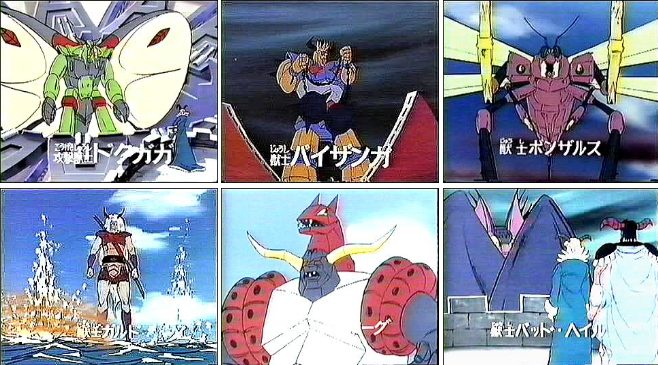
Nonetheless, in a time when the media available was either censored or comparatively tame Western fare, Voltes V quickly gained a following among the youth. Whether it was the thrill of seeing the titular mecha in action amidst explosions, the likable characters piloting it, or the catchy soundtrack, there was bound to be something to keep kids and teenagers coming back for that 6 PM airing every Friday. Then, there was the sense of continuity between episodes that added more weight to what was going on. To say nothing of how relatable the plotlines, including the Armstrong’s search for their father. The show transcended cultural boundaries while also reflecting similarities between Japanese and Filipino culture. This certainly wasn’t like the sitcoms or Saturday morning cartoon fare they were expecting, as old fans could attest to nowadays. It was an escape, too, from the turmoil around them.
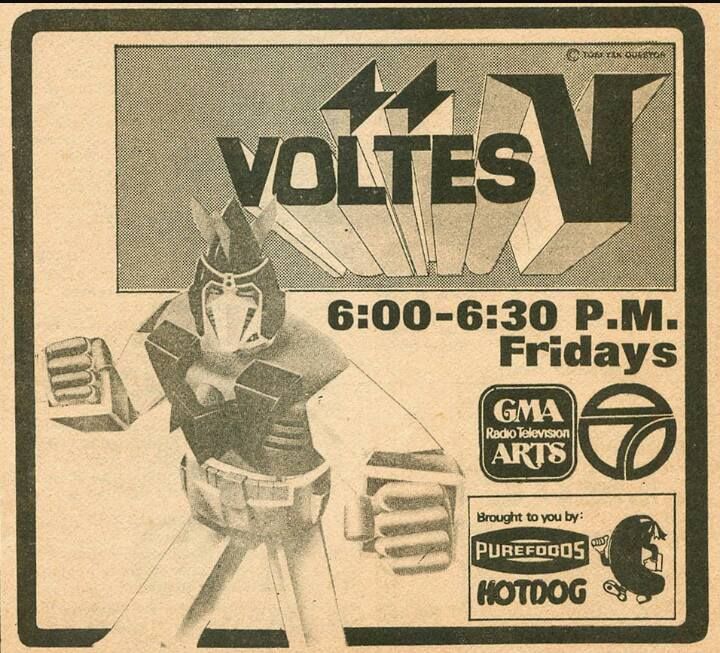
But the good times, alas, wouldn’t last. One day in April 1979, President Marcos had Voltes V banned permanently (with the last few episodes left unaired), notably alongside Daimos and even Mazinger Z. Officially, this was a response to “excessive violence” and complaints from concerned parents. Speculation over the actual reason persists to this day, however. Among the more prevalent views is that the show was put off the air due to the perceived themes of rebellion and the Boazanians being an authoritarian regime that seemed too close to home for comfort. Whatever the truth may be, the anger felt by fans then mirrored the wider discontent permeating the country.
As recounted in a 2015 article titled “Revenge of the Voltes V Generation”, the censorship had helped sparked greater rebellion among Filipino youth, the anime itself becoming a symbol of opposition against President Marcos. Indeed, a good deal of those kids went on to take part in the 1986 People Power Revolution. The series (along with its peers) had left such an impact that it was brought back on air (in English and Filipino dubs) not long after the fall of the regime. The lost episodes were even made into a theatrical release by GMA Films as Voltes V: The Liberation in 1999, coinciding with the 20th Anniversary, along with a rebroadcast of the entire show.
Maximum Voltes V Voltage
It needn’t be said that, by that point, the kids who had grown up with Voltes V had become parents themselves, while their children were already being exposed to various other shows, such as Princess Sarah, Sailor Moon, Dragon Ball, Ranma 1/2 and Ghost Fighter (as Yu Yu Hakusho remains known among Filipinos). Which is to say nothing of mecha anime, most infamously Neon Genesis Evangelion being aired in heavily edited form by ABS-CBN for primetime, or Pokémon, for that matter. The ties between Japan and the Philippines had grown even stronger.
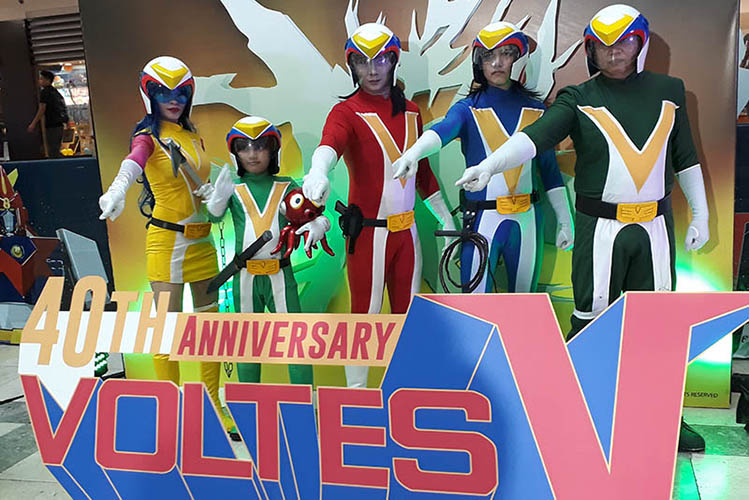
The stage was set for a new generation of otakus to come into its own, and the rest is history. Though even to this day, the legacy of Voltes V hasn’t been forgotten. Whether it’s in fanart, cellphone jingles, or professional sculptures, the Armstrong’s exploits continue to echo in the Filipino consciousness.
Whatever the future holds, it’s all but guaranteed that the phrase “Let’s volt in!” won’t be vanishing anytime soon.


